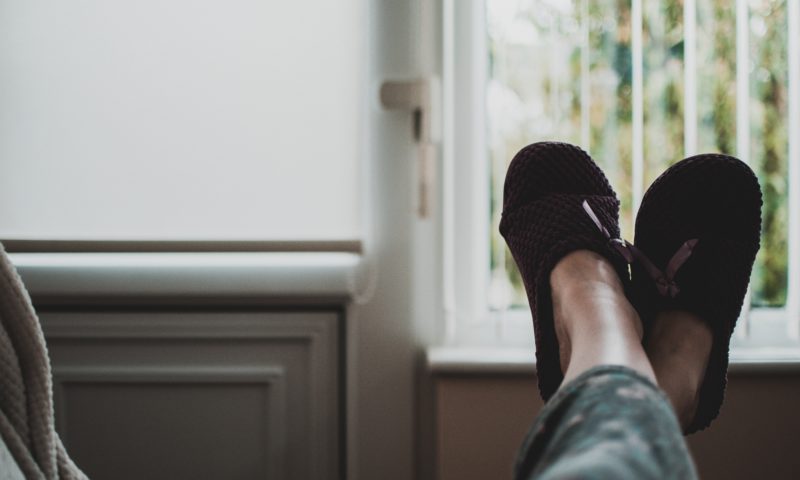Physical inactivity is one marker of a sedentary lifestyle, which studies prove is dangerous for our health. In the United States and around the world, people are spending increasingly more time in front of a television, computer or phone screen. These aren’t the only reasons for why someone may be inactive, but the health risks still remain.
Examining the Risks of Physical Inactivity
Time and time again, news articles and health experts praise the miraculous benefits of consistent exercise. However, a much larger portion of them fail to talk about what happens when we don’t stay active. Knowing these health risks is important!
Without exercise, our physical and mental health are deeply affected. Below, we list just a few examples to help you see why good health is do dependent on greater activity:
Physical Inactivity Affects the Body by…
- Causing us to burn fewer calories
- Weakening our muscles and bones
- Slowing down our metabolism
- Contributing to poorer blood circulation
- Increasing inflammation
- Creating an imbalance of hormones
- Weakening the immune system
- Increasing Inflammation
Physical Inactivity Affects Our Health Long-term by…
- Increasing our risk for obesity
- Promoting high cholesterol and high blood pressure
- Increasing feelings of depression and anxiety
- Increasing our risk for osteoarthritis
- Increasing our risk for heart disease and heart attacks
- Contributing to type 2 diabetes and other endocrine problems
- Increasing our risk for developing certain cancers
What Can I Do to Make Movement a Healthy Habit?
The world around us is sedentary by nature. We have the opportunity to take our car to work or ride a bus or taxi. The overwhelming presence of technology is not only very distracting, but in our face all of the time. It’s no wonder we aren’t moving more!
If you have been inactive for some time, it’s important that you start incorporating exercise into your lifestyle – but slowly. Doing so at a quicker pace or with high frequency may injure the body or appear quite overwhelming. To make movement a habitual part of your lifestyle and weight management journey, consider the following tips:
- Aim to start with at least 20 – 30 minutes of light/moderate exercise per day
- Make a greater effort at housework, yard work or other home-related activities
- Commit to taking a short walk after dinner a few nights a week
- Try moving during your lunch period at work
- Make fun physical activity a part of family/friend get-togethers
- Equip your home with helpful exercise equipment
Want More Information on Moving More?
CLICK HERE to learn more about the health benefits of modest exercise.






